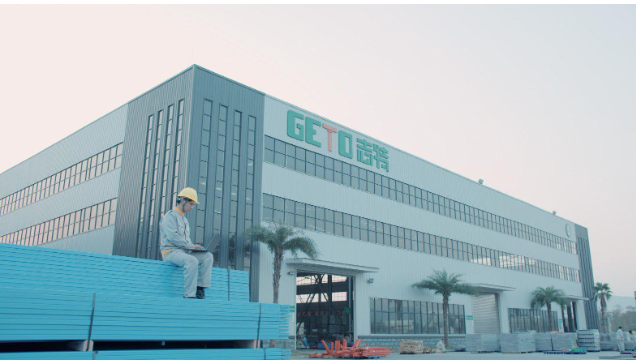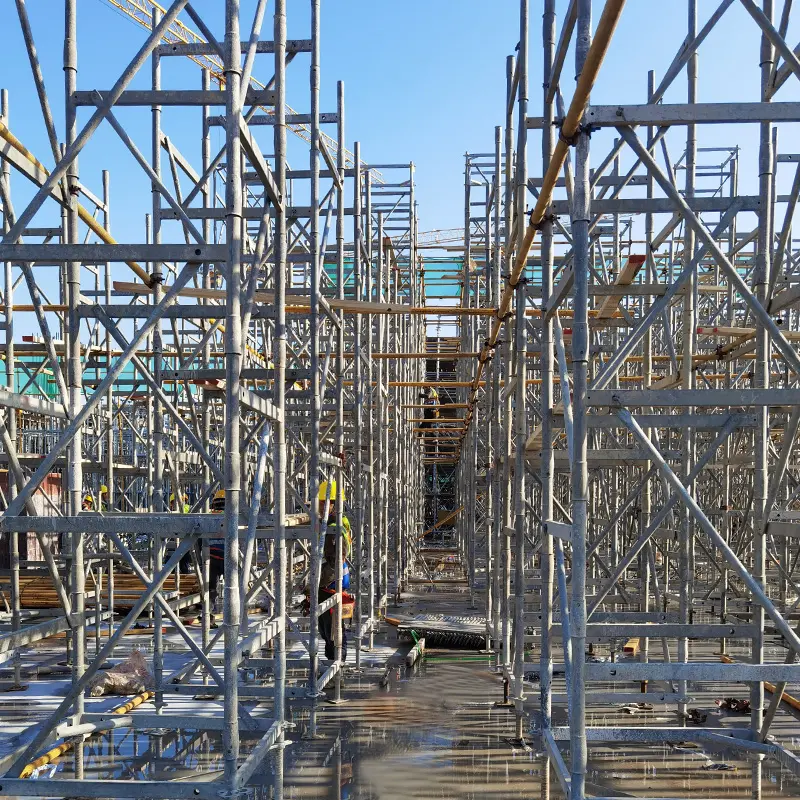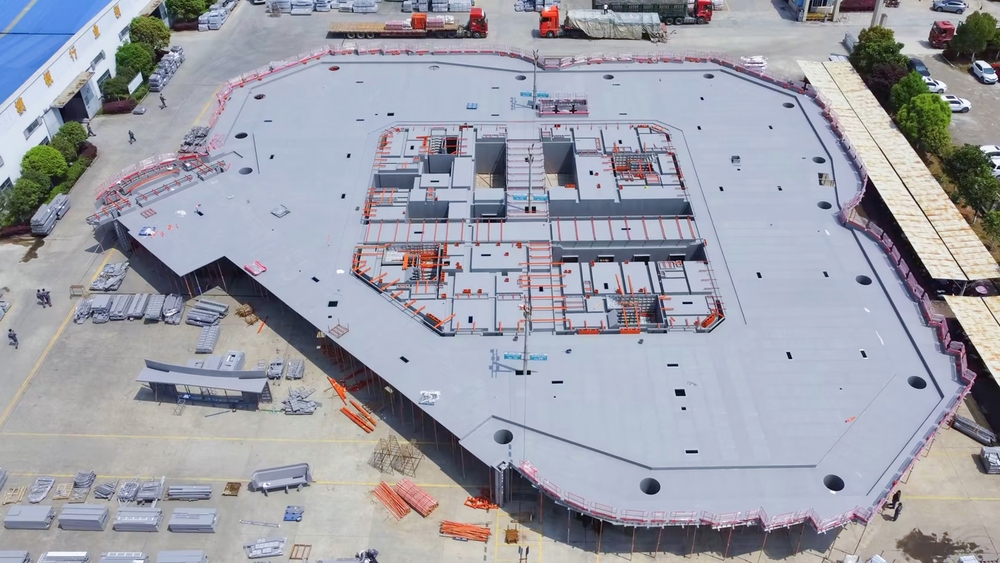As urban rail infrastructure projects continue to grow in complexity and scale, the demand for high-precision, modular construction solutions is rising across Southeast Asia. This article highlights how GETO New Materials leveraged its advanced steel formwork systems and international engineering expertise to support Malaysia's Kuching Urban Transportation System (KUTS). From addressing skewed beam geometries to achieving millimeter-level precast accuracy, GETO’s contribution exemplifies innovation in modern transit infrastructure delivery.
A Milestone in Malaysia's Smart Rail Development
In Kuching, the capital of Sarawak, Malaysia, a modern urban transportation system is rapidly taking shape. As the region's first smart rail project, the ART Smart Rail line of Kuching Urban Transportation System (KUTS) will serve as a vital artery connecting the city's north and south. Leveraging our advanced formwork technology and extensive overseas project experience, GETO New Materials has been awarded the precast components production contract, supplying bridge steel formwork systems including precast concrete T-beams, bent cap, barrier panels, and portal structures.
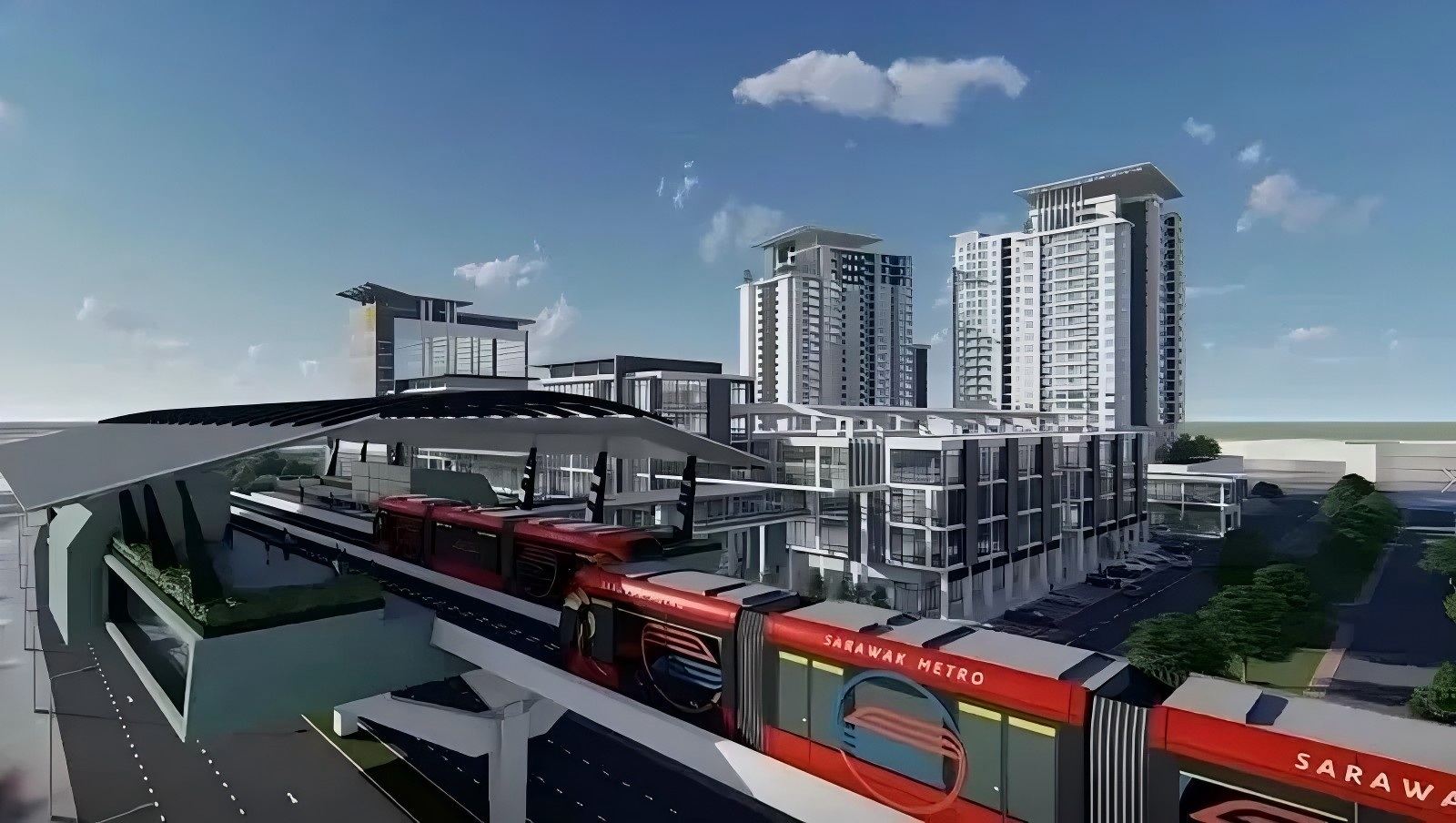
Precision Installation of Precast Bent Cap Shells
As the primary load-bearing component of the ART Smart Rail’s bridges, the precise installation of precast bent cap shells is critical to the structural integrity and service life of the entire project. Recently, trial precast bent cap shells manufactured using GETO's specialized steel formwork system were positioned with millimeter-level accuracy through dual-crane coordination. This achievement overcame three major technical challenges: formwork-free prefabrication of thin-walled elements, lifting lug installation, and integrated positioning with piers. It marks a breakthrough in core load-bearing structure construction and establishes a solid foundation for efficient project advancement.
Complex Requirements in Large-Scale Precast Production
The 70-kilometer transportation system faces unique construction challenges: Phase 1 includes 3 main lines and 31 stations requiring mass production of irregular precast components. GETO is executing the Red and Blue lines under differentiated approaches - the Red Line primarily employs precast formwork construction, while the Blue Line combines precast and cast-in-place methods (including pile caps, columns, and bent cap formwork). With T-beams, U-beams and bent caps intersecting at 62°-110° skew angles, the project demands exceptional adaptability and ±2mm precision control from the formwork systems.
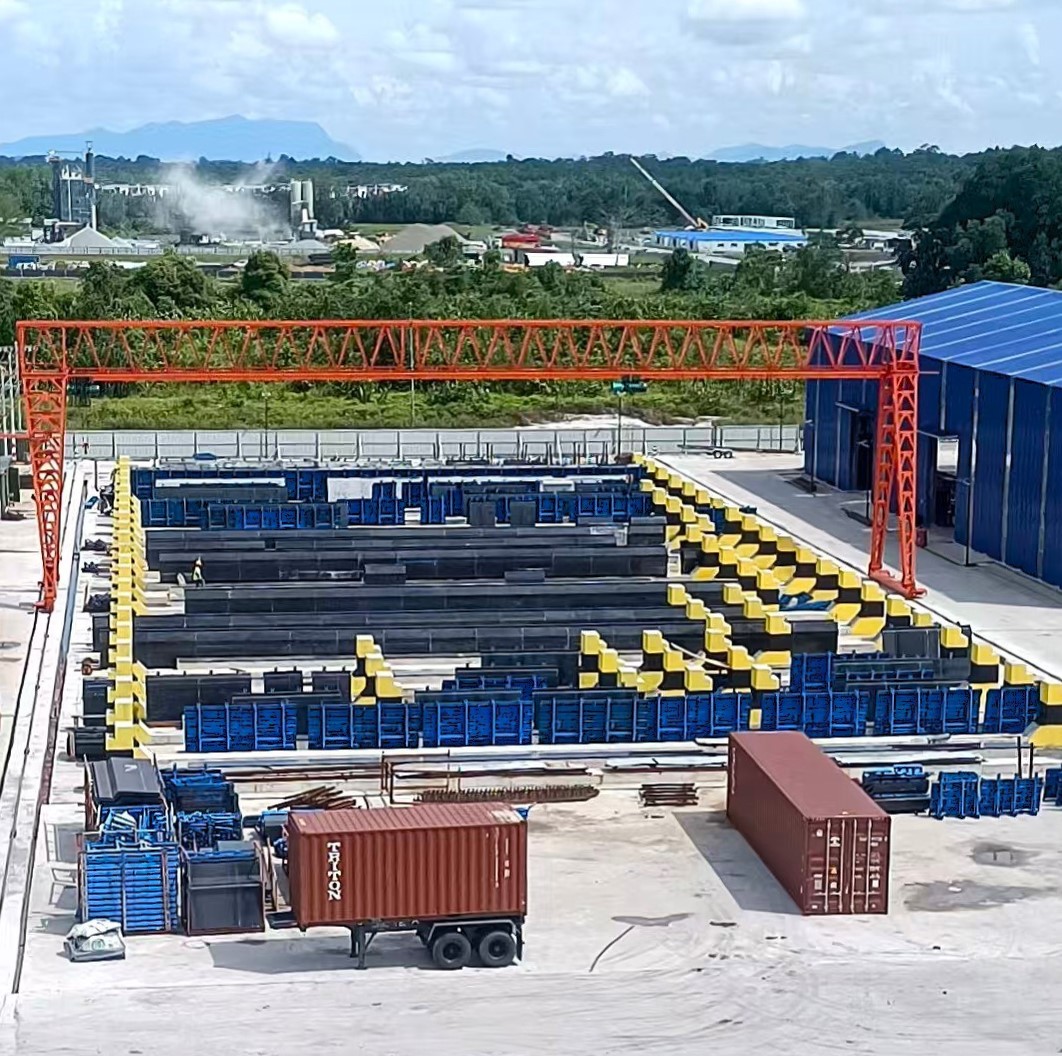
Innovative Modular Steel Formwork System by GETO
To address these complex conditions, GETO's R&D team developed an innovative modular steel formwork system. Featuring fastener-type connections, standardized formwork units can be flexibly assembled, precisely meeting the production requirements of various beam types. This breakthrough innovation not only effectively resolves the formwork utilization challenges posed by diverse beam configurations, but also significantly enhances construction efficiency while ensuring quality standards.
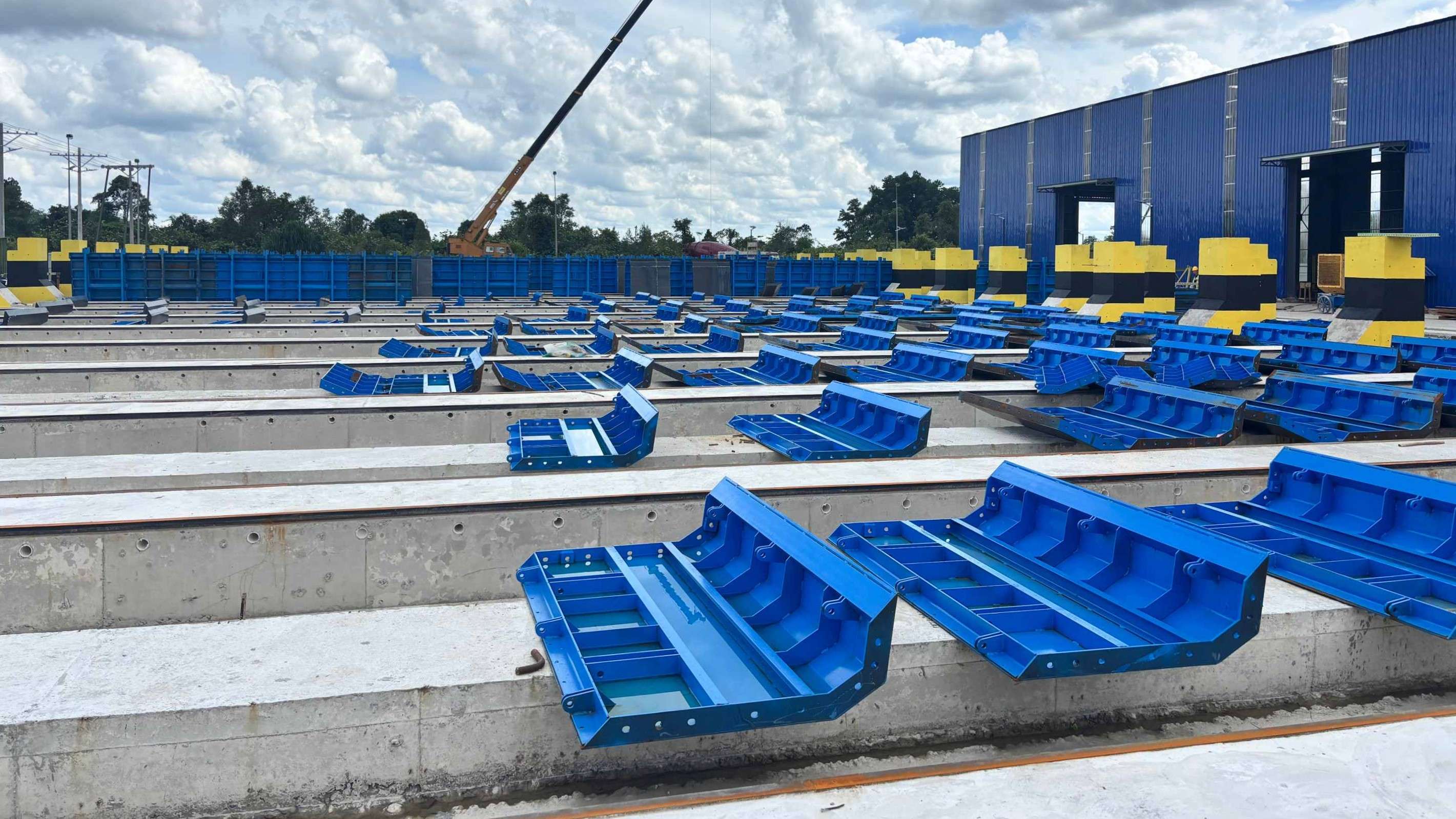
On-Site Collaboration and Technical Support
During implementation, GETO's technical team actively participated in construction optimization, maintaining close communication with clients and engaging in on-site construction design. Utilizing the GETO Industrial 3D Design Software for integrated product designing and detailing, combined with effective collaboration between dispatched engineers and local workers, the team minimized on-site adjustments, created optimal conditions for formwork turnover, and ensured smooth project progress.
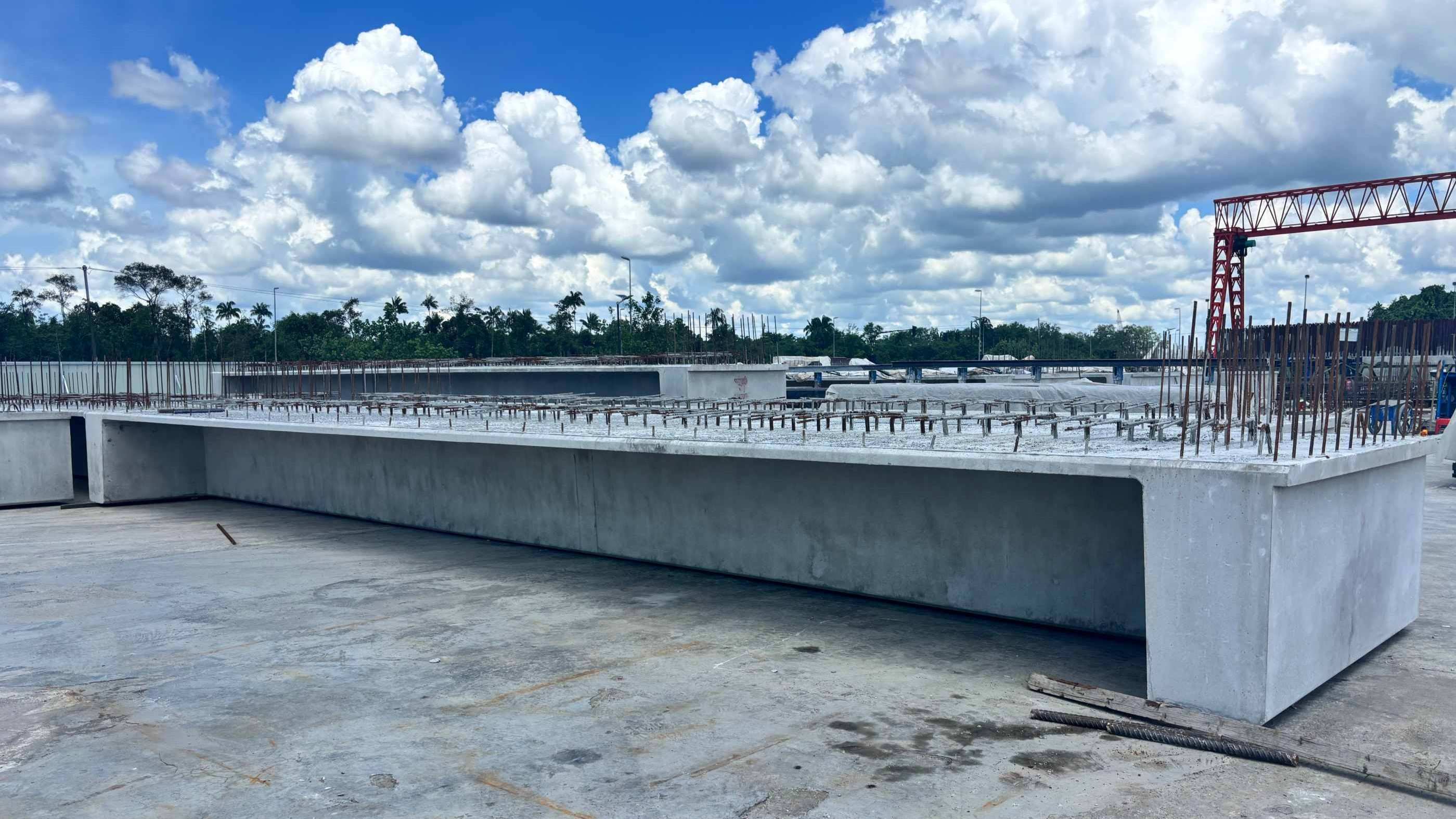
Strategic Breakthrough in Southeast Asia's Infrastructure Sector
The KUTS project represents another major breakthrough for GETO in Southeast Asia's high-end infrastructure market, demonstrating the successful implementation of our "overseas technology transfer with local integration" model. Through efficient deployment of steel formwork systems and precision molding of complex-shaped components, GETO has not only validated its advanced formwork technology, but also earned international recognition for its field-proven construction expertise. Moving forward, we will continue driving global infrastructure advancement through pioneering solutions.
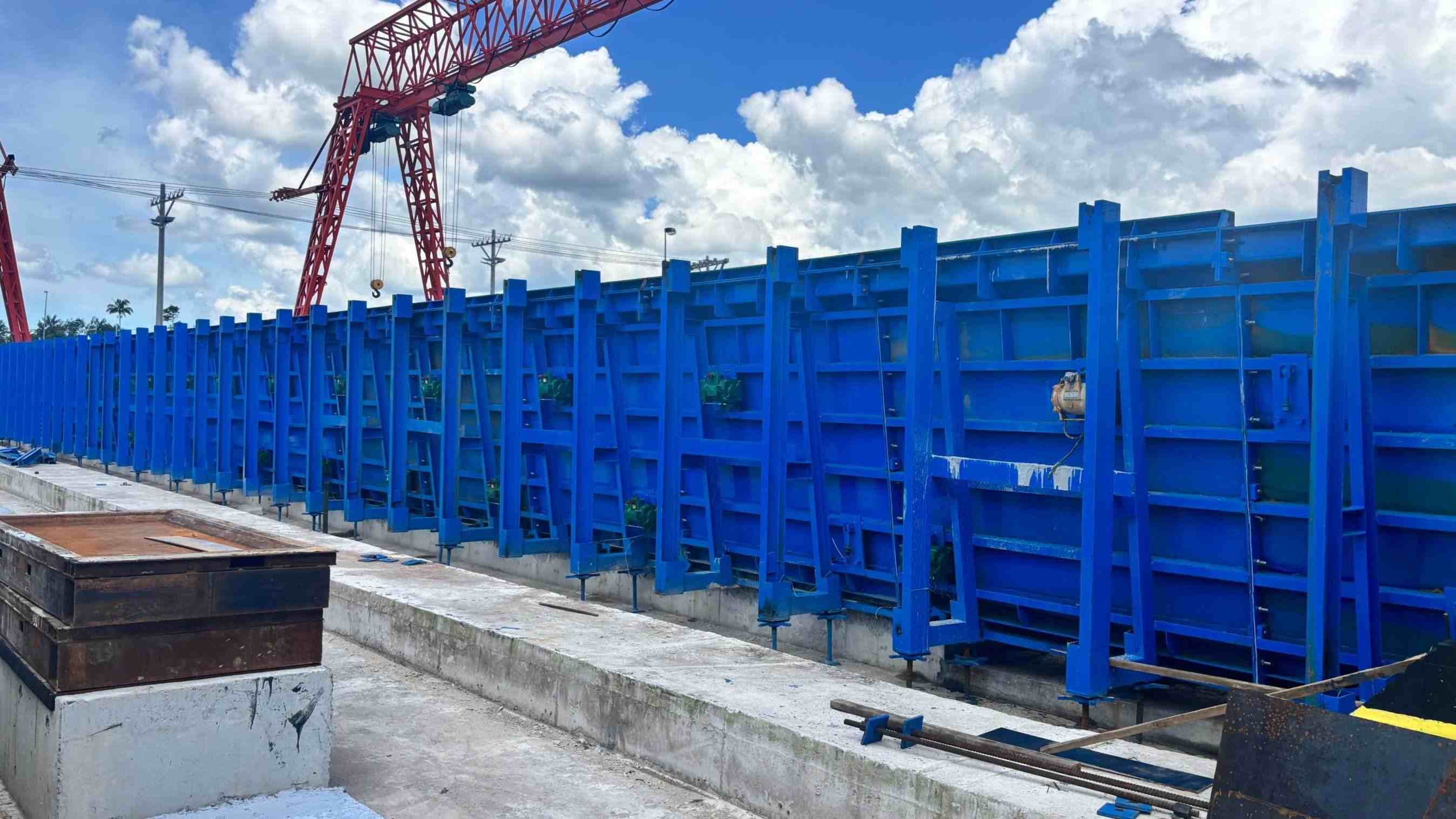
Conclusion
The successful application of GETO’s modular steel formwork system in the KUTS smart rail project exemplifies the company’s ability to tackle complex infrastructure challenges with innovative, high-precision solutions. From structural accuracy in precast bent caps to efficient mass production under tight geometric constraints, GETO has demonstrated its full-spectrum capabilities—from R&D to field implementation. This project not only strengthens GETO’s position in Southeast Asia’s infrastructure market, but also reinforces its long-term commitment to enabling smarter, faster, and more resilient urban construction worldwide.


